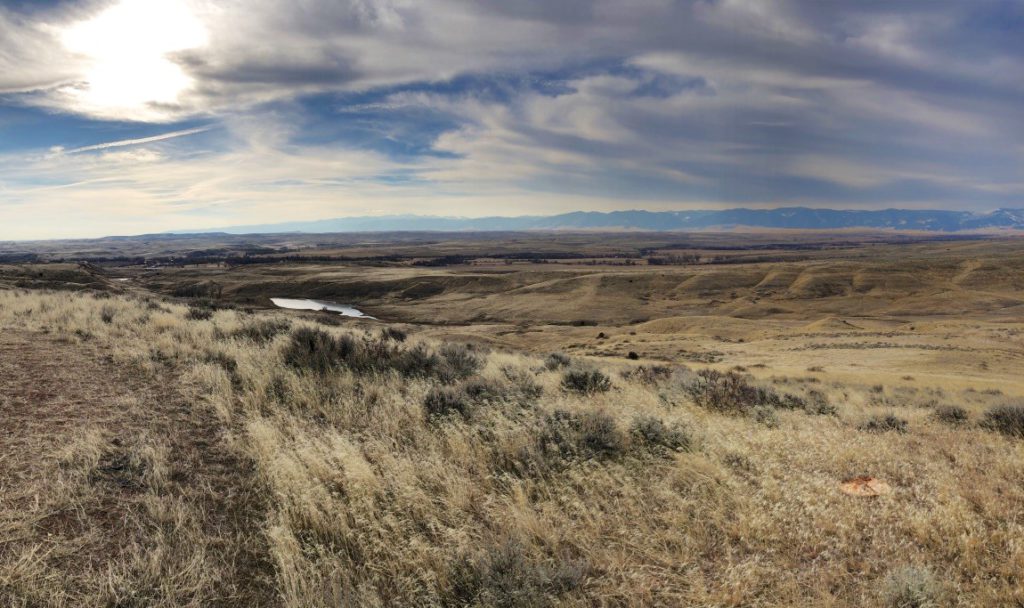West Virginia Vs EPA Doesn’t Have To Hurt The Environment

Originally, I was going to write about the West Virginia vs EPA (Environmental Protection Agency) case the day it came out. But, with a giant case load at the Supreme Court that had been saved or procrastinated until the last few days of the term, the court ended up releasing the decision on a day that I couldn’t work. So, CleanTechnica ran other commentary, and you’ve probably read about the case from a number of other sources by now if you’re interested.
Instead of further wallowing in pity, I think we need to start thinking about what the upsides of the case are, how they fit into the overall system of US governance, and then think of how we can use those upsides to continue working on the problem at hand.
Why The Sky Isn’t Falling Because of West Virginia vs EPA
One thing I keep seeing that I’d like to address is the “sky is falling” attitude that seems to pervade the analyses of this case. Taken in combination with other recent Supreme Court cases, people are understandably very upset with the court, especially if they’re left-leaning writers. The overturn of Roe v Wade and other key abortion rights cases, the decision striking down part of New York’s concealed carry law that will have other far reaching consequences, and now the end of EPA authority to regulate carbon emissions from power plants under the Clean Power Plan all support the thesis of an article at CNN, entitled: “The force of the Supreme Court’s right turn has shaken the country.”
Sadly, much of the commentary I’ve seen on these pivotal cases made it pretty clear that the writer didn’t actually read the decision. For example, in Dobbs v. Jackson Women’s Health Organization (the case overturning Roe v Wade), the Supreme Court didn’t take abortion rights away. What they did do was remove the Supreme Court from the issue, giving states power over the matter again. So, ultimately, it was the states that took abortion rights away and not the court.
This distinction obviously doesn’t help a woman in Texas or Mississippi seeking an abortion today, but it’s not a distinction without any difference. It does matter who did what here because it gives us a roadmap for change. Had the court ruled itself that abortion was illegal (this isn’t something the Constitution allows them to do unless a law banning abortion nationwide were challenged), they’d have the final say on the matter and we’d be stuck with methods outside of the law to effect change (which I won’t get into here).
The path to fixing this is clear. Because they ruled that legislation was needed on the matter, there is still room to get states to protect the right again, much as New Mexico did when it repealed its anti-abortion law last year to prevent it from coming into effect again in this situation. Or, Congress could make a federal law protecting abortion in all states (something they had two months warning to do after a draft of the decision was leaked).
On the gun rights case, most writers aren’t aware of how the court arrived at their decision to strike down New York’s law. In the past, constitutional rights specifically mentioned in the Bill of Rights, later amendments, and then expanded by the Fourteenth Amendment were all subjected to “interest balancing.” The oft-used but bad example of this that’s given is the “you can’t yell fire in a crowded theater” argument. The basic idea of “interest balancing” is that when there’s a compelling reason to limit a constitutional right, the government is allowed to limit that right.
While the death of interest balancing combined with originalist interpretations will expand gun rights, it’s going to be hard to argue going forward that other rights should be treated with less respect than the Second Amendment. So, while people may mourn the expansion of gun rights, they can look forward to the expansion of other rights listed in the Constitution, like freedom of press, freedom to protest, freedom from search and seizure, freedom from takings, and other things without watching courts pick away at those rights by saying, “the government has really, really good reasons for violating your rights here.”
In other words, if gun control is your life’s mission, you’re not going to be happy, but if you’re like the rest of us and aren’t obsessed with a single way to solve a single issue, the silver lining of this case is that not only are other important rights likely to expand, but you’ll be able to use those expanded rights to fight non-defensive gun violence in other ways.
Looking at both of these cases, one thing is abundantly clear: reading hysterical op-eds and angry statements of interest groups that lost out is far less valuable than reading the decisions yourself and keeping a somewhat open mind. Out of the ashes of cases that look like losses can rise the Phoenix of better things to come, or at the very least, strategies for getting there.
What WV v EPA Really Says
Obviously, CleanTechnica doesn’t focus on abortion or gun issues, but with these other important examples in mind, we can now take a good look at West Virginia v EPA. We need to start with a quick look at what the case actually says (get your copy of the decision here).
We have to start with a basic understanding of how US government works. There are no kings or czars. Laws are made by legislatures, implemented by the President of the US and/or governors, and interpreted by courts. Agencies like the EPA are created by Congress (the national legislature) with laws. These agencies are then part of the President’s executive branch, but are bound to follow the laws that created the agency. No matter what the agency is called or how laudable its goals are, it must follow the laws that apply to it.
The whole idea here is that we can’t have a regulatory state that just does whatever it wants with zero accountability. If the agency upsets the majority of the population too much, Congress can change the laws and rein the agency in. If the agency harms the human rights of a minority of the population, the courts are supposed to step in and stop the agency from taking people’s rights away (even if they do an imperfect job at that).
In Part 2, I’m going to continue my optimistic analysis of the case, and cover some important ways to keep the fight for clean energy going.
Featured image: The US Supreme Court building, image by US Senate Democrats.
Appreciate CleanTechnica’s originality and cleantech news coverage? Consider becoming a CleanTechnica Member, Supporter, Technician, or Ambassador — or a patron on Patreon.
Advertisement
 This post has been syndicated from a third-party source. View the original article here.
This post has been syndicated from a third-party source. View the original article here.





